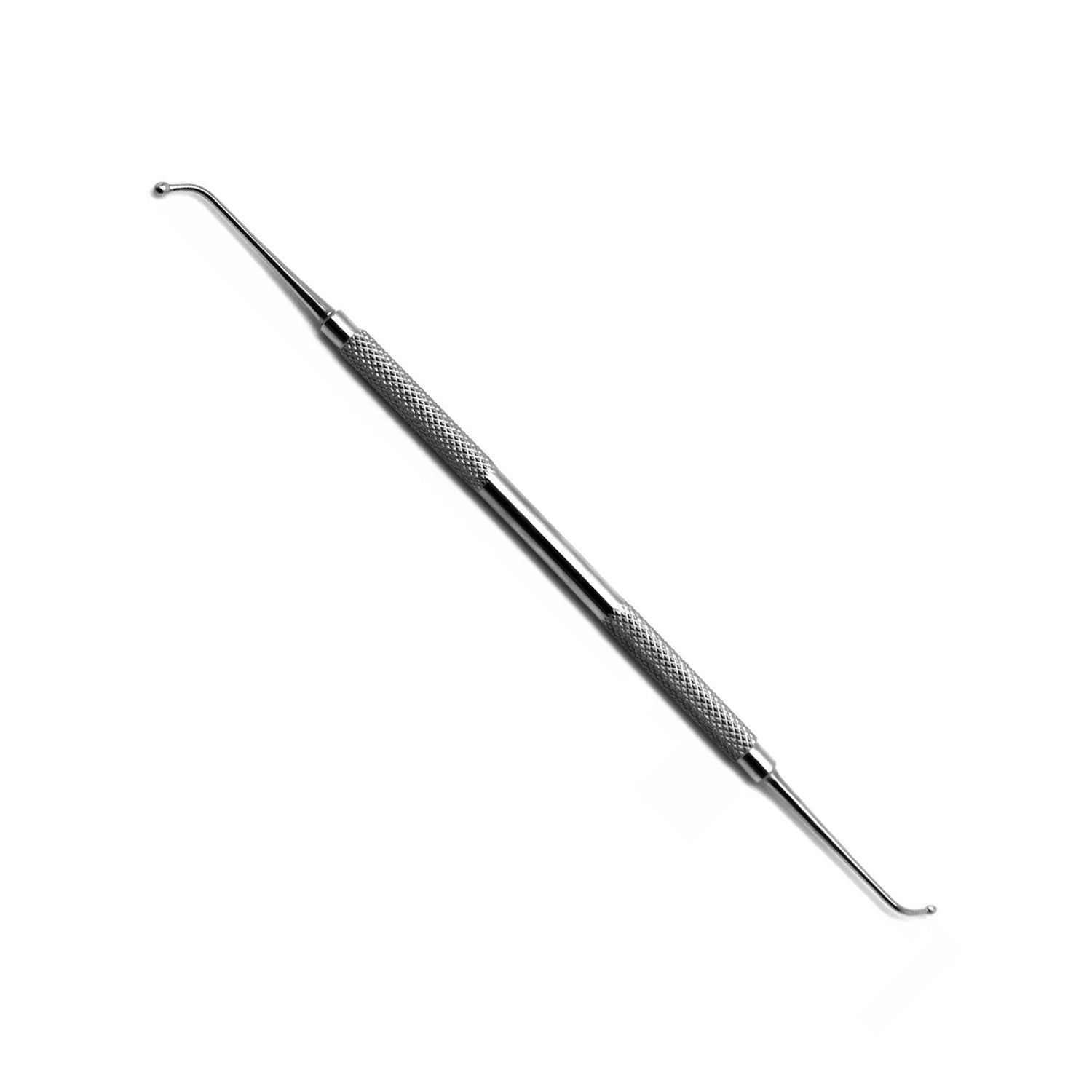If you work in a dental clinic, you already know how important it is to have the right tools for each procedure. But with so many types of instruments used every day, many people—especially beginners—wonder: how are dental instruments identified?
Whether you're a dental student, a new assistant, or a professional managing a dental practice, understanding how to recognize and organize dental tools is an important part of keeping things clean, safe, and efficient.
Let’s break it down in a simple and easy-to-understand way.
What Are Dental Instruments?
Before diving into how dental instruments are identified, let’s quickly understand what they are. Dental instruments, also called dental tools or dental equipment, are the tools dentists and hygienists use to examine, clean, restore, or treat a patient’s teeth and gums. They can be as simple as a mirror or as complex as surgical forceps.
These instruments are essential in every dental clinic, and using the wrong one—even by mistake—can cause discomfort to the patient or lead to incorrect procedures. That’s why proper identification is so important.
How Are Dental Instruments Identified?
There are a few common ways that dental professionals identify and organize their instruments. Let’s take a closer look:
1. By Function (What the Instrument Is Used For)
This is the most basic and common way to identify dental tools. Every dental instrument has a specific purpose. Some are used to examine the mouth, while others are for cutting, shaping, removing, or restoring teeth.
Here are the main categories:

- Diagnostic Tools – These are used to look inside the mouth. Examples include dental mirrors, explorers, and periodontal probes.
- Preventive Instruments – Tools like scalers and curettes help clean teeth and remove plaque.
- Restorative Instruments – These are used for fillings and repairs. Common examples include burnishers, carvers, and amalgam carriers.
- Surgical Instruments – Used in tooth extractions or minor oral surgeries. These include dental forceps, elevators, and scalpels.
- Orthodontic Tools – Designed for braces and alignment, such as bracket holders and ligature pliers.
Once you know what the instrument is used for, it’s easier to figure out where it belongs in a dental setup.
2. By Shape and Tip Design
Every oral care instrument has a unique shape. Many instruments look similar, but small differences in their tip design or angle make them suitable for specific tasks.
For example:
- A sickle scaler has a sharp, curved tip to remove tartar between teeth.
- A straight probe has measurement markings to check gum pocket depth.
- A condenser has a flat tip to pack filling material into a cavity.
Learning these shapes and their uses is a big part of dental training. Over time, dental professionals can identify tools just by looking at their tips or handles.
3. By Instrument Code or Number
Many dental instruments come with engraved codes or serial numbers from the manufacturer. These might look like random numbers at first, but they help with easy tracking and identification.
For example, a dental explorer might be labeled as "EXD 11/12," which refers to its specific model and tip design. These codes are helpful in clinics that stock a large number of tools or order frequently from suppliers.
If you're buying from [Your Store Name], all of our dental equipment is clearly labeled with product codes, descriptions, and photos so you always know what you're getting.
4. By Material and Handle Design

The material also helps in identifying dental instruments. Most professional dental tools are made from stainless steel, which is durable, corrosion-resistant, and easy to sterilize.
Some instruments have color-coded or textured handles for better grip and quicker identification. These small design features make it easier for professionals to grab the right tool, even during fast-paced procedures.
5. By Use Frequency or Setup Trays
In many clinics, dental tools are organized in trays based on the procedure. This is another easy way to identify instruments:
- Exam tray – Holds basic tools like mirrors, explorers, and probes.
- Extraction tray – Includes forceps, elevators, and surgical scissors.
- Filling tray – Contains condensers, carvers, and burnishers.
By organizing tools this way, dental assistants and hygienists can quickly pick the right set for each patient without confusion.
6. By Sterilization Status or Packaging
Some dental instruments are single-use and come in sealed, sterile packaging. Others are reusable and need to be properly cleaned and sterilized after each use.
Reusable tools often have autoclave symbols or labels indicating they can be heat-sterilized. Properly separating sterilized and used tools is also part of correct identification in a dental clinic.
Why Is Proper Identification Important?
Misidentifying dental tools can lead to:
- Using the wrong tool during treatment
- Cross-contamination
- Delays during procedures
- Increased costs from damaged or lost instruments
That’s why having a clear labeling system, training, and quality instruments matters a lot in any dental practice.
Get Reliable and Well-Labeled Dental Instruments at Buy Dental

At Buy Dental we make things easier for dentists, hygienists, and clinic managers. All our dental instruments, dental tools, and oral health equipment are made from high-quality materials and come with easy-to-read labels, product details, and user guidance.
Whether you're buying a full dental kit, surgical tools, or just a few basics, you’ll find everything clearly categorized and ready for clinical use.
Final Words
So, to answer the question "how are dental instruments identified?" – it’s all about understanding their use, shape, code, material, and how they’re organized in practice.
With the right knowledge and reliable suppliers, managing and identifying your dental tools becomes easy and stress-free.

